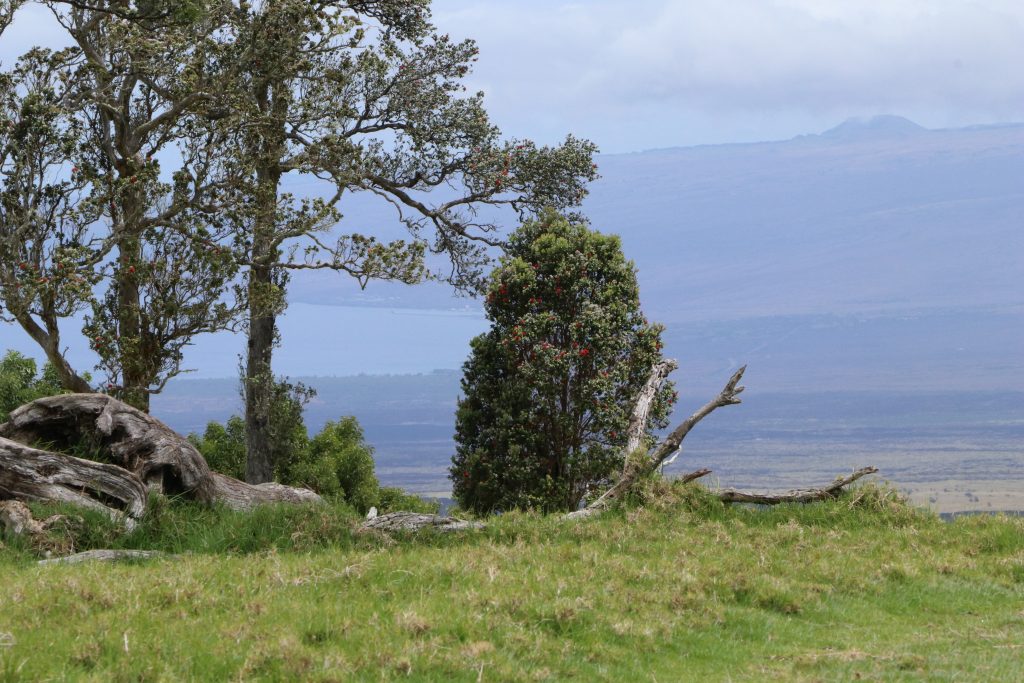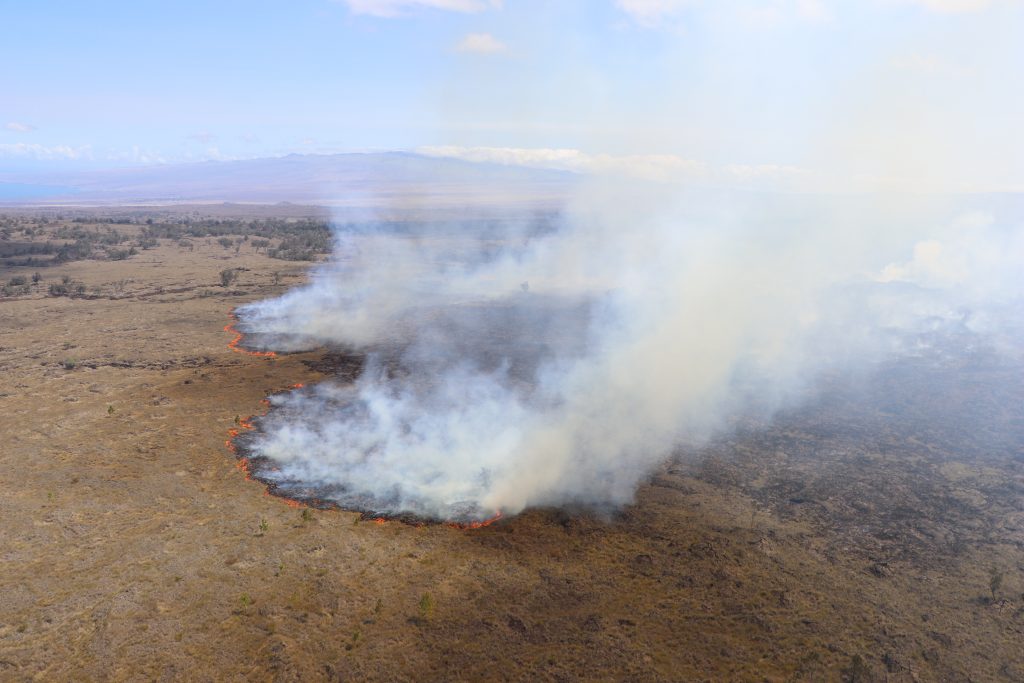Agriculture and forestry cooperation provide blueprint for Hawai’i land stewardship
Rooted in Hawaiian history, the cooperative relationship between agriculture and forestry continues to serve as a blueprint for constructive land stewardship in the state, the Department of Land and Natural Resources said.
“Ranching and forestry can have a symbiotic relationship,” said David Smith, administrator for the state Division of Forestry and Wildlife. “Over my career with the division we’ve worked very successfully with ranchers to improve the conditions on properties to have multiple benefits. A project with an agricultural focus, for example, can offer better range conditions for ranchers and better gamebird habitat for hunters, while allowing us to keep people on the land and conduct necessary improvements.”
Collaborations over the years have taken multiple forms across the state. They include established and innovative methods highlighting sound land management, agricultural production, resource protection and sustainability.
“In Pu‘u Wa‘awa‘a [on the Big Island] we have agricultural leases over large areas that are designed primarily for fuel reduction, so we can protect our forests from fire while we incrementally start to restore the dryland forest through fencing to protect it from introduced ungulates,” Smith said. “Private ranches are doing trials with koa and other native tree plantings.”
Developing solutions to watershed and forest threats is another goal that ranching and forestry advocates can support equally. Healthy watersheds and forests help to improve water quality, reduce soil erosion, increase agricultural production, restore ecosystem biodiversity and enhance the resilience of the land to handle future challenges.
“Wildfire and invasive species are having a huge impact on our watersheds and climate change, a threat multiplier, is adding a lot of stress to our forests,” Smith said. “Forests are being destroyed and turned into fire-prone grasslands. Grasslands don’t have the same water-gathering attributes of a healthy forest. Slowly but surely forest cover is being eroded and we want to respond to turn back that tide.”
When it comes to conservation and cooperative land management, there are public trust values and other factors for the Department of Land and Natural Resources to consider before taking action or entering into a partnership.
Values to protect from a public trust standpoint include watershed protection, traditional and customary gathering rights, access for management of mauka lands, hunting access, trails and recreation, and potential for reforestation. Working with ranchers to facilitate these multiple uses is a priority.
In some cases, outright land transfer from the Department of Land and Natural Resources to the Hawai‘i Department of Agriculture makes the most sense. Over the past 20 years, through careful evaluation and mutual agreement by both department’s boards, the DLNR has transferred 19,000 acres of land to the DOA and another 19,000 acres to the DOA’s Agribusiness Development Corporation. These efforts not only enhance agricultural production and practices for our state, but also ensure economic and industrial growth in these areas with a shared goal of responsible stewardship.
“Forestry really spans both ecosystem protection and production, timber being considered an agricultural product,” said Smith, citing targeted grazing as an example tying forestry and agriculture together. “With conservation-oriented grazing, we can have improved land management, better tree cover, and better grass and range conditions. You can rotate animals more frequently so that they’re moving between paddocks; and you’re able to rest parcels of land, and that can also play into helping to reforest areas.”
Going forward, the forestry and agriculture connection will undoubtedly continue to serve Hawai‘i forests and rangelands well.
“There’s a lot of work to do within that space,” Smith said. “I think having forestry there as a potential piece of that mix for ranching is a good thing, a value-added component, and we want to work with the ranchers on that.”





















